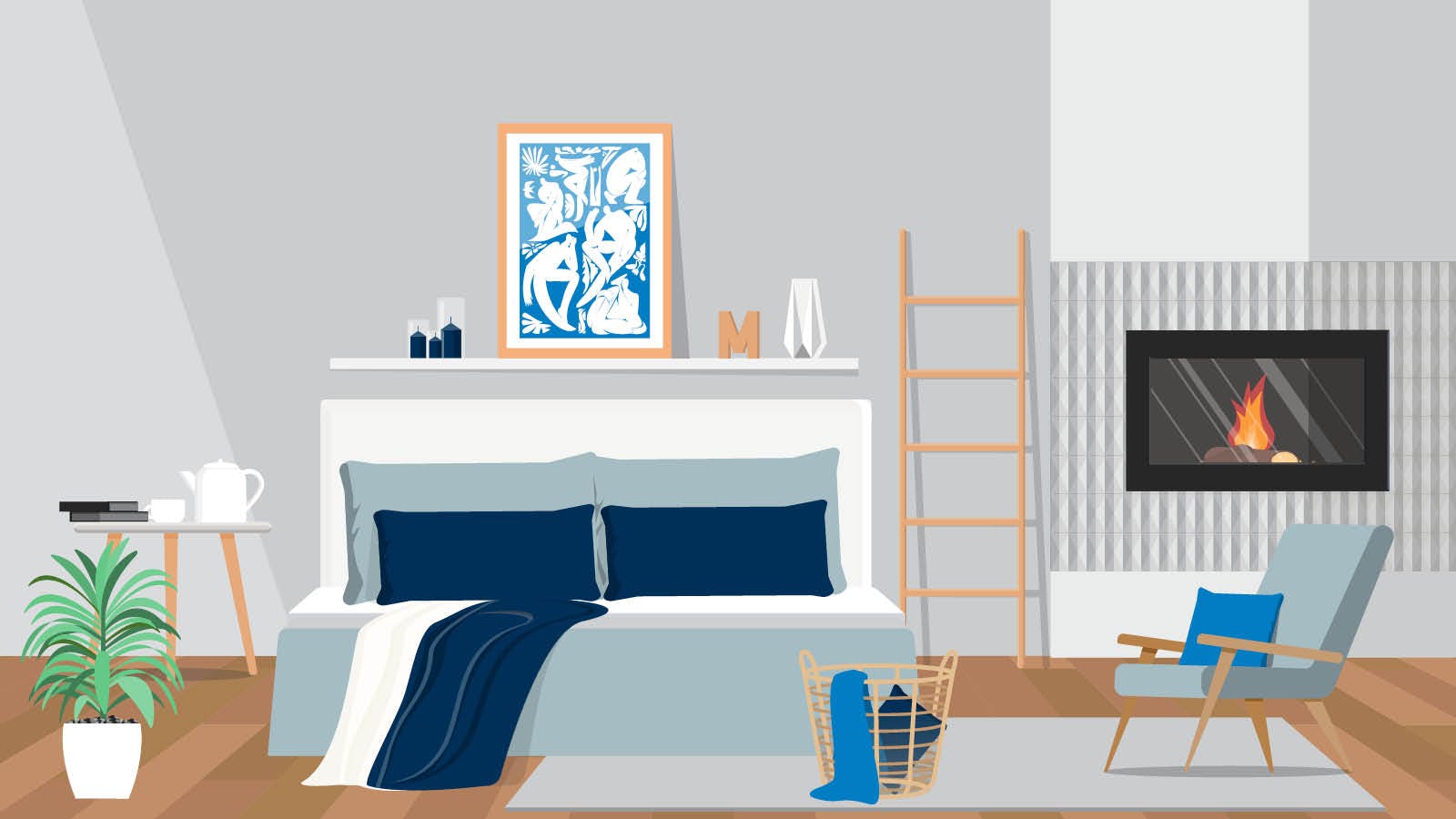
;

If you’re a homeowner, odds are you’ve got some kind of woodworking within your home. In 2022, a whopping 94% of new homes across the US were wood-framed, and that doesn’t even take wood flooring, wood paneling, or wood furniture into account.
And there’s good reason we’re so tied to timber — wood adds warmth, character, and a touch of nature to any interior. Of course, that’s on top of the fact that it’s strong, sturdy, and renewable.
Long story short, wood could be a good fit for your next home improvement project, whether that’s replacing old flooring or sourcing some outdoor furniture.
But with so many different kinds of wood on the market, how do you choose the right one?
Let’s explore five of the most common kinds of wood homeowners might come across, their pros, cons, and a few applications. Then, you can compare, contrast, consult a pro, and ultimately get to woodworking.
Pinewood comes from evergreen Conifer trees. Its color typically ranges from a buttery yellow to a soft brown.
Pine might be a good pick for projects like framing a home or building a deck. That’s because it’s both lightweight and durable. It’s also one of the most common kinds of wood for home improvement projects, meaning you can almost definitely pick some up at your local hardware store today.
As the name implies, cedar wood comes from cedar trees. This wood is a warm, reddish brown that you’ll surely recognize.
Cedarwood will always be one of the best kinds of wood for outdoor projects, whether you’re putting in a new deck or building some patio furniture. That’s because cedar is naturally weather-resistant. Basically, it will maintain its shape, luster, and charm through all the wind, rain, or snow your climate can throw at it.

Oak has been used in home construction projects for hundreds of years now. That’s because oak wood is particularly attractive and durable. So, you might consider it for flooring, shelving, or furniture.
When it comes to oak, there are two primary kinds of wood: red oak and white oak. Red oak skews more pink or salmon-y while white oak is a classic beige. Both kinds of wood are characterized by a pronounced, wavy woodgrain.
Maplewood comes from the sugar maple tree. Its color can range from nearly white to a rich, red-brown depending on the part of the tree it’s harvested from.
This timber is particularly special because it’s one of the hardest woods you’ll find on the market for domestic projects. That means it will be stronger and sturdier than most other wood types on this list. As such, maple wood is a good choice for flooring or any other woodworking projects that might take a bit of a beating.
Walnut is one of the most premium and luxurious wood choices you’re likely to come across. That’s because walnut trees are on the smaller side, and they require very specific conditions to grow and thrive.
Walnut wood is known for its beautiful, rich, dark brown color. This, combined with the limited supply, makes walnut quite expensive. That’s why it’s most common in upscale furniture projects.
Of course, these are just a few of the different kinds of wood you might come across as a homeowner. The right wood type will ultimately depend on your goals, your budget, and the project you have in mind.
If you’re not quite ready to commit to a wood type and dive into your project, it might be a good idea to speak with a professional woodworker nearby. They’ll have more insight into which kinds of wood might be best, as well as what’s available in your local market.
Happy tinkering!